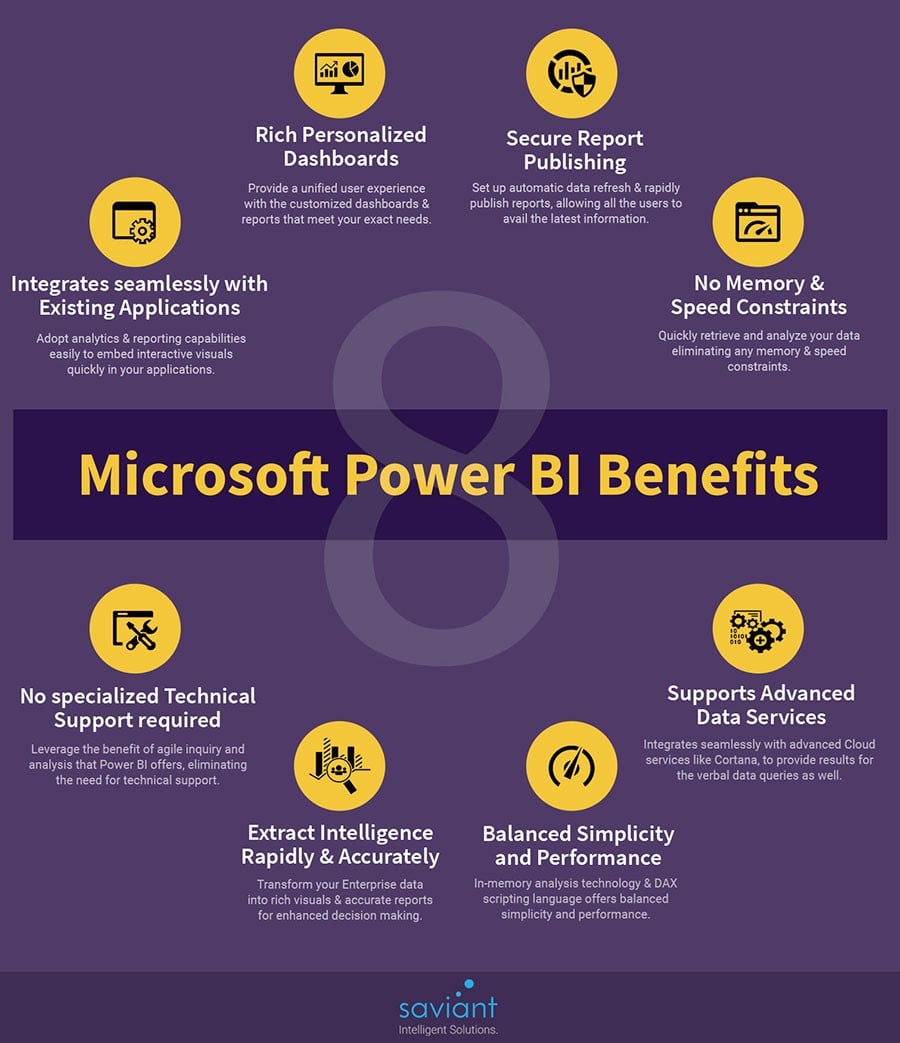changing to Office 365
Office 365 has more applications, as well as faster and more collaborative ways to work and communicate than ever before. There are both online and desktop versions available for most of the apps. Office 365 also offers amazing new tools and features. Are you upgrading to Office 365 but finding that managing the changeover is tricky?
Change brings challenges
The end user is often the last stakeholder to be considered when a business makes the change to Office 365. How do end users normally feel about the decision made by the business to make the software upgrade?
When any business undergoes periods of change, there will be a sense of uncertainty and hesitancy amongst the staff. The leaders of the business need to address these issues before they become concerns.
The solution is the pairing of training and support from Management. This will see any project through from the initial announcement through to its delivery and execution.
The business needs to address the following key areas to ensure that the emotional and practical needs of the workforce are met. Implementing these steps, the business will deliver on employees’ expectations.
COMMUNICATING THE CHANGE
End users will be moving to the Cloud with Office 365. For a lot of people, this could be a major change to how they work, depending on what they do. The management team needs to communicate the plan clearly and manage the change effectively. This will ensure a smooth transition.
Management also needs to communicate the reasons for the change. Keep the staff informed of the milestones of the journey and the dates when the key changes will be taking place.
WHAT does EFFECTIVE END USER TRAINING LOOK LIKE?
People often ask, ‘What exactly is Microsoft Office 365?’ The simple answer is secure access to cloud based email, calendars, websites and Office applications, anytime, anywhere.
A common misconception is that Office 365 is complex, technical and hard to learn. To address this, the business needs to provide a comprehensive training programme to ensure that all staff become confident and efficient end users.
The best approach is to use a blend of practical instructor led workshops where delegates will be shown how to access and use a variety of apps and functionalities in order to maximise the adoption of Office 365.
The training should take place a considered, inclusive, and safe environment. The delegates’ learning needs to be supported with plenty of time allotted for questions, demonstrations and practice.
POST TRAINING SUPPORT
Many businesses and training providers fall into the trap of not providing enough floorwalking support in the post training phase of Office 365 deployments. Having this extra degree of support once users are in a ‘live’ environment can make a real difference in meeting the needs of end users. It will guarantee a smooth transition as users embrace and fully adopt the new technology.
By always keeping in mind the emotional and practical needs of staff during a period of major change, with the right layers of support, end users will eventually start using the technology to its full potential, allowing the business to prosper.
Upgrading to Office 365 and managing the changeover can be tricky but effective management and training will ensure a successful roll-out.
More STL Blogs on Office 365:

